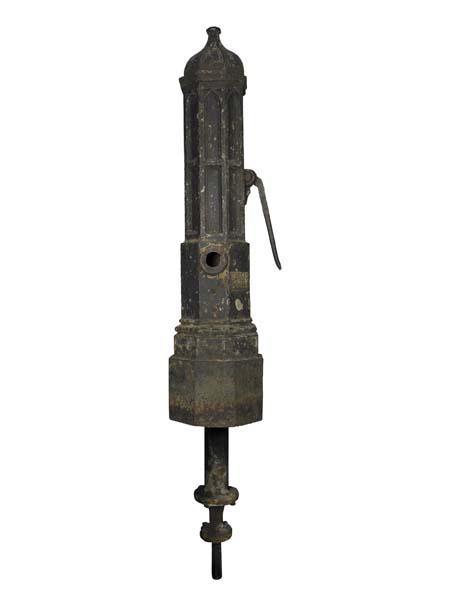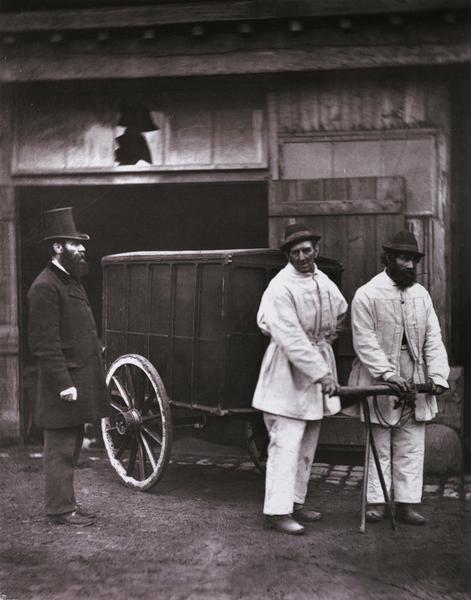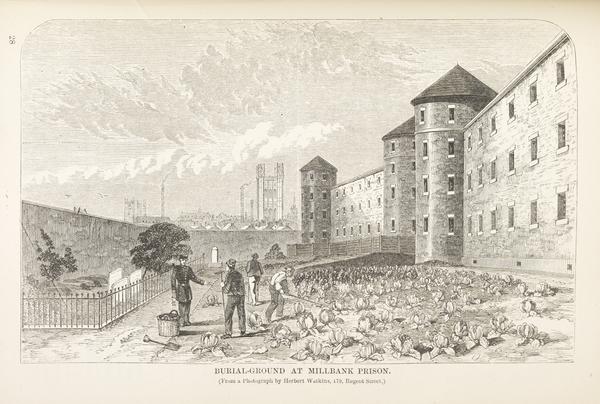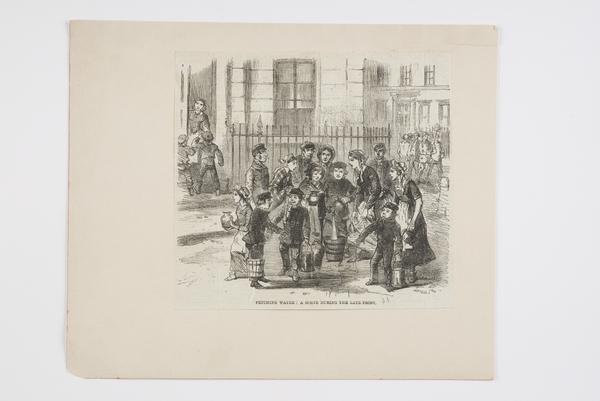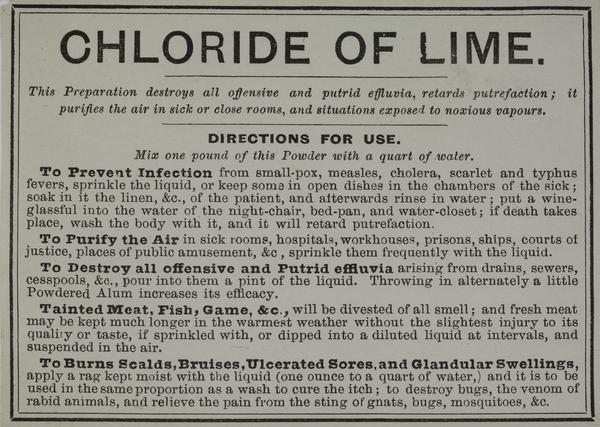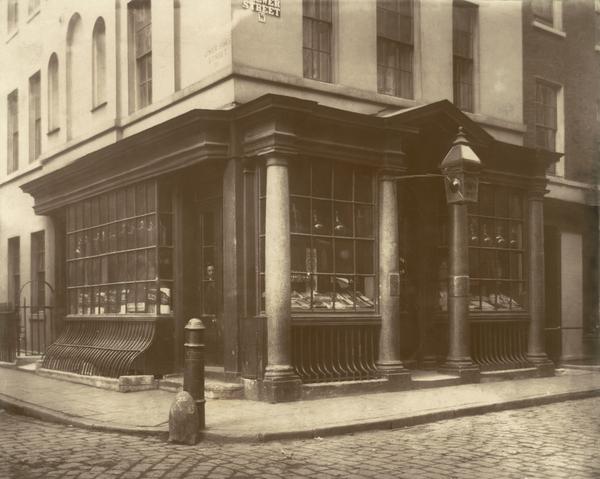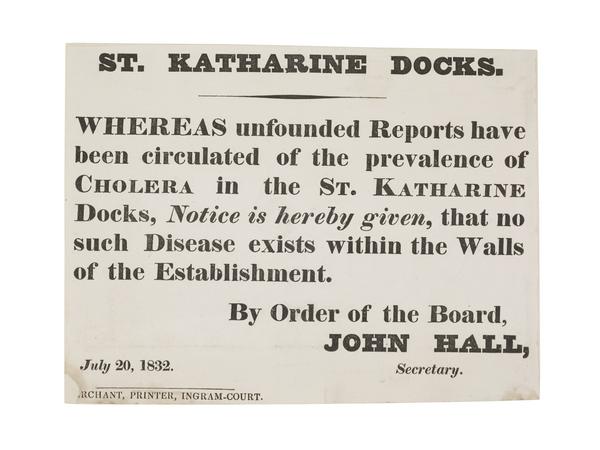John Snow: Cholera & the Broad Street pump
John Snow is famous for his investigation into a deadly cholera outbreak in Soho in 1854. After mapping the cases, Snow homed in on a local water pump as the culprit.
Broadwick Street, Soho
15 March 1813 – 16 June 1858
Tracking down disease in Victorian London
When cholera first struck Britain in the 19th century, killing tens of thousands of people, most scientists believed the disease was spread through the air.
John Snow, a doctor living in London, had a different theory. He reckoned infected water was the problem.
In 1854, when hundreds of people began dying from cholera around Soho, Snow put the theory to the test.
Plotting the cases on a map led him to a contaminated water pump on what’s now Broadwick Street. Snow convinced the local authorities to remove the pump handle, stopping people from using it. The cholera outbreak subsided.
His theory was eventually accepted and the story of his discovery became famous. It’s celebrated by a replica pump on Broadwick Street, and Snow is honoured in the name of a nearby pub.
Who was John Snow?
Snow was born in York on 15 March 1813. His father was a farmer, but Snow made his career in medicine, starting out as a surgeon’s apprentice in Newcastle.
He moved to Soho in 1836, and by 1850, he was a well-connected doctor with his own practice. Snow also pioneered new techniques with anaesthetics, the medicines used to numb pain.
“The country’s first cholera epidemic lasted until 1832, killing around 30,000 people”
What is cholera?
Cholera is a bacterial disease which causes diarrhea and vomiting. Without treatment, it can kill people within hours.
In 1817, a cholera epidemic which began in India spread through Asia and beyond. More epidemics followed, bringing cholera into Europe and finally to Britain in 1831. The country’s first cholera epidemic lasted until 1832, killing around 30,000 people.
In London, the city’s basic sewage systems were failing to handle a rapidly rising population. Raw sewage flowed through the streets and contaminated the water supply, causing diseases to spread.
What did John Snow discover about cholera?
When cholera struck, doctors didn’t understand germs. They thought disease spread by inhaling dirty air, known as ‘miasma’.
Snow proved that the disease actually spread through water contaminated with cholera-infected sewage. But it took a long time for his discovery to be accepted.
Snow’s first major investigation came when a second cholera outbreak hit London in 1849. He noticed many more people were dying in the areas of south London that got their water from two specific water companies.
He concluded that their water source must be contaminated with infected sewage. Snow published his theory in 1849, but he was mostly ignored by the medical profession.
Snow mapped cholera cases to find the Soho pump
A third outbreak began in Soho on 31 August 1854. In just 10 days, 500 people died.
Snow was involved immediately. Using the addresses of the people who’d died, he began to plot the cases of cholera on a map.
The map showed clearly that the deaths were clustered around a water pump on Broad Street, now Broadwick Street. People used the pump to collect water for drinking, cooking and washing.
Snow took his evidence to the local authorities. To reduce new cases, they removed the handle of the pump, stopping anyone from using it. They later realised the pump had been contaminated by a leaky sewer.
Snow could now publish a second edition of his study, packed with even more powerful evidence.
“Snow should also be remembered for his early tests with anaesthetics”
What is John Snow famous for?
Today, Snow’s discovery that cholera is spread through infected water is undoubtedly his most well-known achievement.
Eventually, in the 20th century, his work was widely celebrated. Snow is seen as one of the founders of epidemiology, the study of how often health conditions occur and why.
Snow should also be remembered for his pioneering work with anaesthetics. His careful experiments with chloroform meant that, in the 1850s, he could safely use it on Queen Victoria during the births of two of her children.
Did his discovery improve public health?
Snow’s discovery about cholera wasn’t immediately accepted by authorities. But the spread of cholera still made them want to clean up the city. In their minds, sewage caused the bad air that spread disease.
In 1858, a hot summer exposed and baked the sewage carried by the River Thames. This Great Stink triggered the building of a modern sewage system, overseen by engineer Joseph Bazalgette.
London suffered one last cholera outbreak in 1866. This time, it affected the parts of east London that drew their water from the Old Ford Reservoir.
These areas had not been connected to Bazalgette’s new sewer system. It was the final proof of Snow’s theory. His ideas were accepted by the General Board of Health, a national body in charge of keeping the public healthy.










